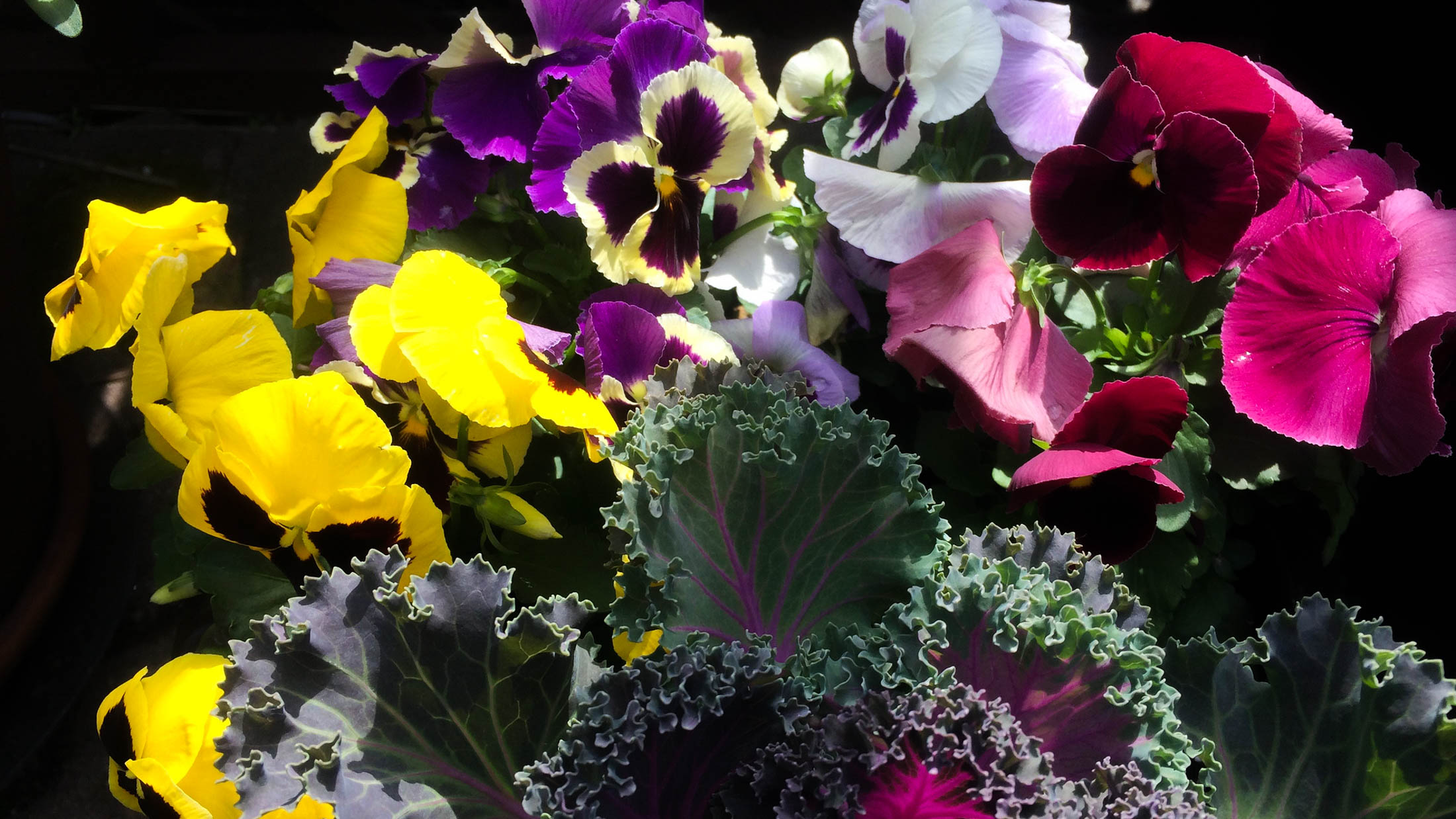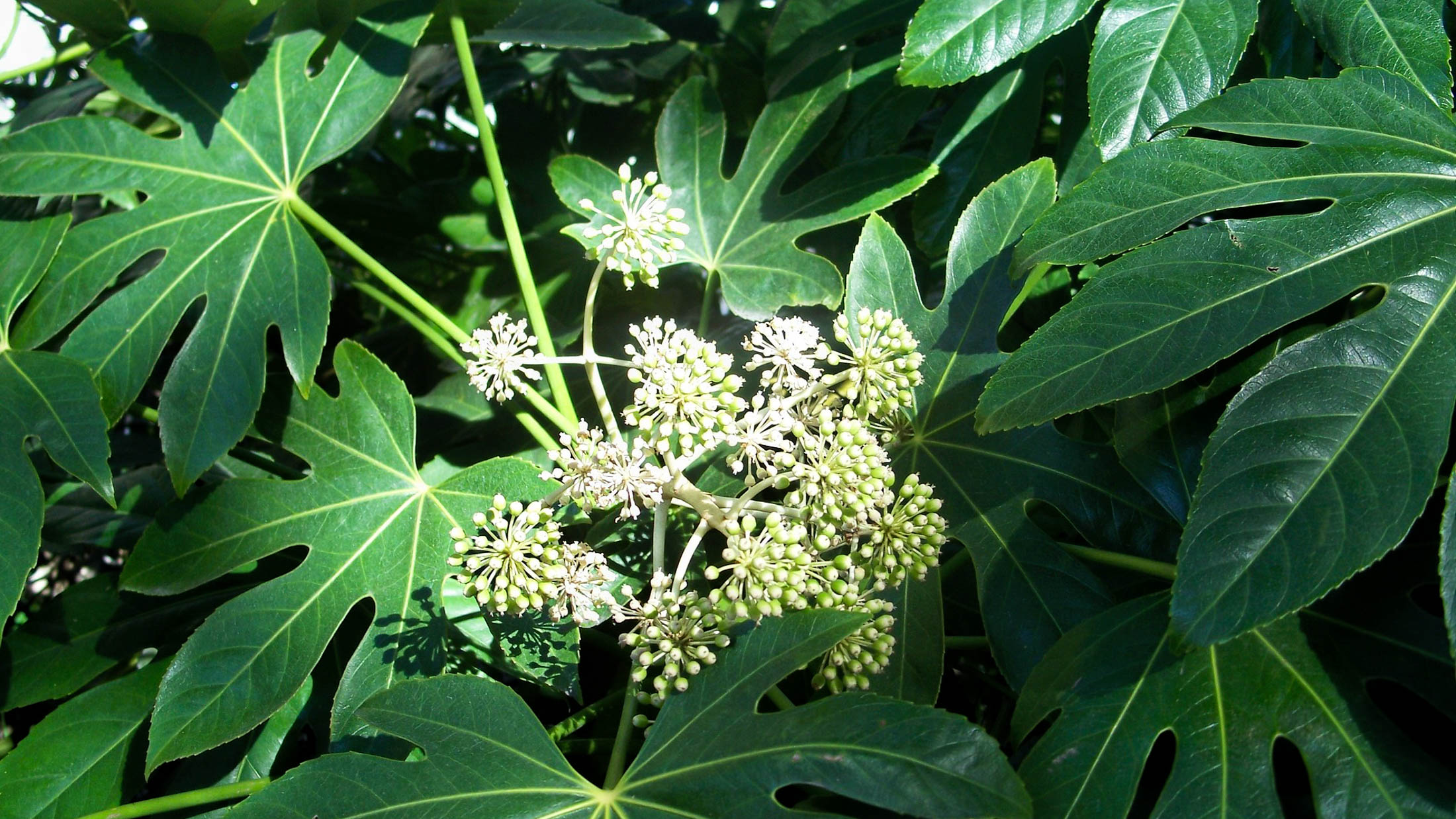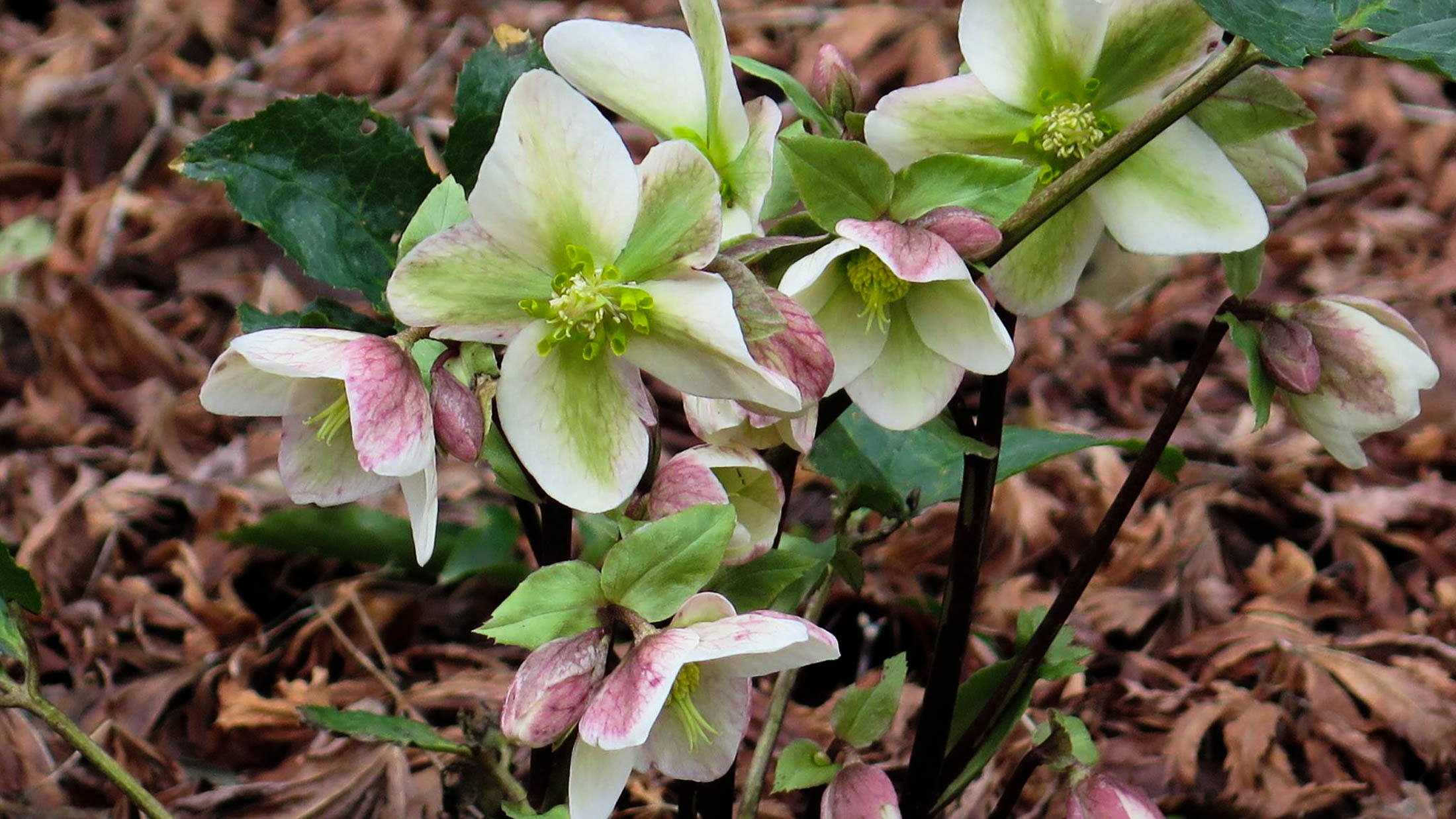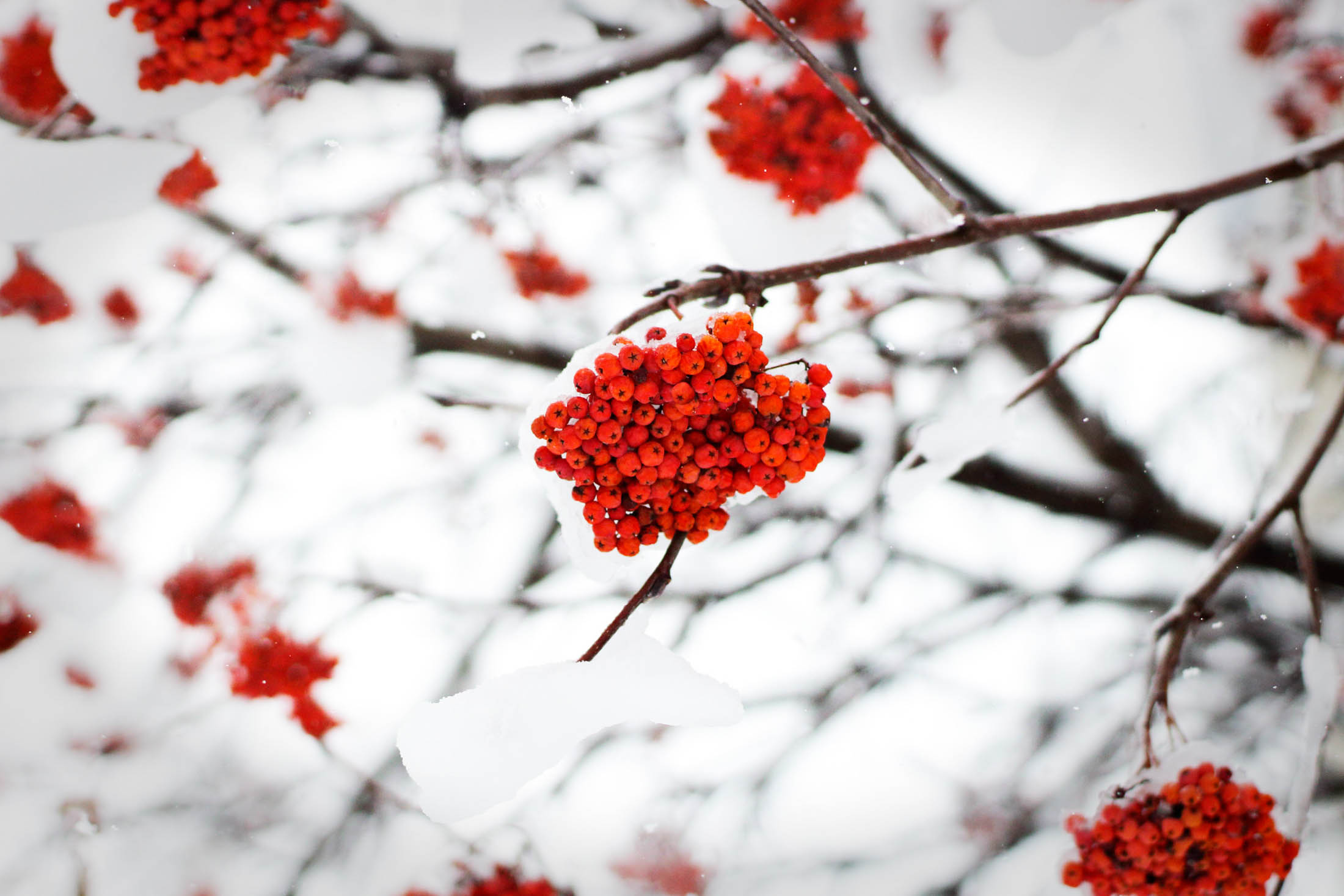There is a reason European cultures have long celebrated the winter solstice with not just displays of light but also feasting and merriment. In pre-industrial agrarian societies, early winter was a period of plentiful food and less farm work. These days, the latter still holds true in the garden, making November and December a time to wind down while looking ahead to the next growing season.
The first thing not to do is fuss too much about the European chafer beetle infestation in your lawn. From now through March, raccoons, skunks, and birds may turn over the turf looking for protein-rich grubs to eat. Apart from replacing and patting down the upturned sod, there is not much you can do until spring (and in the meantime, the beetle’s natural predators are getting a nutritional boost). Since chafer beetles are prevalent throughout the Lower Mainland, many municipalities’ websites have tips for how to deal with them and what to plant instead of grass.
That said, there is clean-up and preparation for cold weather to be done. Drain hoses and put them away. It’s also a good time to take stock of and clean your garden tools, and empty, clean, and store pots you’re not using.

Pansies and kale. Photo by Daryl Mitchell/Flickr.
All those fallen leaves? Of course, they need to be gathered by raking or blowing, but they then can be used to mulch your beds and borders. Just chop them up first, either with a mulching attachment on your lawn mower or by putting them in a trash can and shredding them with a weed eater. Dry leaves are easiest to chop, and be sure to remove any that are diseased, for example with powdery mildew or black spot. Organic mulches suppress weeds, protect plant roots from extreme temperature changes, and eventually break down to improve soil structure. Spread the chopped leaves on beds two or three inches thick, keeping them away from stems to avoid moisture buildup (according to Washington State University arborist and gardening myth buster Linda Chalker-Scott, a top layer of coarser mulch will keep the leaves from compacting in the rain). Any extra can be added to the compost or put aside until spring.
As for what’s in those beds and borders, that depends on the plants and the gardener. Annuals should be pulled out and discarded. Even in winter, many herbaceous perennials provide visual interest for humans and sustenance for birds. Some can be left standing to protect early spring growth or simply indicate that something is planted there. Others should be cut back to reduce overwintering diseases or insects (botrytis on peonies, borers on bearded iris) or dug up and stored in a cool, dry place (dahlia tubers). Fall is also the time to lift and divide crowded perennials. The Well-Tended Perennial Garden is a helpful guide to caring for scads of plants now and in other seasons.
It’s not too late to plant some bulbs (muscari, narcissus, tulips), and since the ground doesn’t freeze in the Lower Mainland, trees and shrubs can be planted all winter. Think about choosing plants with winter interest, which can include the bright red or yellow branches of dogwood shrubs, the twisty stems of the corkscrew hazel, or trees and shrubs with colourful berries (but note that English holly is an invasive species in B.C.).

Fatsia japonica. Image courtesy of Mwms1916/Flickr.
Prunus x subhirtella ‘Autumnalis’ is an ornamental cherry tree that flowers intermittently from November to March, and there are also shrubs that flower in winter. Fatsia japonica, which has dramatically shaped leaves year-round, is flowering now. Camellia japonica is a familiar spring-flowering shrub, but there are other varieties that bloom in fall or winter, such as the Christmas camellia (Camellia x vernalis ‘Yuletide’) and Camellia sasanqua.
Witch hazels have fragrant yellow flowers in winter (some varieties as early as February), the strawberry tree (Arbutus unedo ‘Compacta’) flowers from October to December and produces bright red fruit, and winter-flowering heather is small enough to plant in containers, as well as in the ground.
Hellebores (herbaceous perennials related to buttercups) bloom from now through spring, depending on the variety—the common name for Helleborus niger is Christmas rose. The flowers come in multiple colours and the leaves are evergreen, making hellebores attractive fillers around bare-branched shrubs right into spring. They can also be planted in pots, like such cold-weather container staples as winter pansies and ornamental kale.

Helleborus. Image courtesy of Eltpics/Flickr.
For more tips and ideas, visit your local library or bookstore and check out the gardening section. There is something for everyone (an Indigo search for gardening books brings up 18,581 results), ranging from practical guides to skills, tools, techniques, and plants, to books that focus on specific topics from landscape design to plant varieties to food gardening. Soon daylight will start increasing again, but in the meantime, curl up with an inspiring book and think about what you might do come spring.
Read more Community stories.









